
The key elements to include are:
- Problem
- Solution
- Product
- Traction
- Team
- Vision
It is always difficult piecing together your start-up story in a deck at the very early stages of your business venture. The early stages are crucial in the growth of a business and acquiring investors are quite tricky. Creating the perfect pitch deck will allow you to smoothly deliver your start-up story to investors to secure that funding. It requires a lot of time and detail and how you piece this together will be the foundation in delivering the perfect pitch to investors. The key elements that are essential in the deck are as followed: problem, solution, product, traction, team and vision.
Tag line
At the very beginning of the deck, the slides should start with a one-liner description of the business. This slide is literally one line or tag line that gives some insight on what the business is at the start. Its short and sweet, be creative!
Problem
The first key element you want to jump into is the problem. This is a great start to the pitch deck as it will allow for the smooth transitioning of the rest of your story. Identify the problem in a clear bold manner. This will intrigue the investor to continue onto investigating what solution you bring to the table and in finding out how big and real is this problem. Its important to keep this slide short, you can go into further detail in person or in a document. For the purpose of the pitch deck, it should remain short and straight to the point
Solution/Product
You pointed out a problem now provide your solution! A good format is description of the solution followed by a few points as to why your way is the best way. Following that, you can proceed two ways either: go into how it works with a few screenshots/demonstrations or go right into your vision. Since all stories are different and depending on what your business is, choose as you see fit based on your start-up. If your startup does not requires much explaining, go right into the vision of where you see your simple concept growing into something massive in the future. If the vision slide is not included in this section it can be included in the end as well.
Traction
Convince your investors your solution is scalable! Its time to give your start-up some credibility with some data. This slide can be “where were at today” showing the kind of attention and momentum your start-up has gained. For early stage companies, this momentum can be the amount of users on a wait-list for when the product is ready or some early users your product has gained. Investors care about the last 3-6 months and the next month. Having a weak 3-6 months prior will lose many investors, if your next month is weak then you’ll lose your momentum. If you can, time your raise according to that.
A great additional add to this section would be to add testimonials from some of the users or clients. This shows that your product is already in use by real people and is already creating a buzz. This is the section that will excite investors.
Market Opportunity
You’ve sold the investor on your ability to execute your solution, so now you should tell them how big the market is. Using graphs and charts from credible sources that can easily present that there’s a huge market opportunity is and that this company is venture scalable.
Vision
What is in store for your company in the next 10 years? If you did not already include this slide now would be a good time. This will show how you plans to take this simple solution to a massive company and what great things it will accomplish.
Team
Introduce the dream team who is going to build this. Include the main team members with titles and summaries of past roles. This will indicate why they’re fit for to build this start-up. This can be done in one slide without going too in depth about each member.
The ask & funds slide
How much funding will it take for you to drive this business? The ask slide should be left for the end of the pitch deck. Include how much funding you will need to bring this company where it needs to be and what does that money get you. How will the funds be allocated and what will you be doing with it. What does that mean for your company?
Thank you/information
A thank you slide with your contact information is appropriate for the very last slide. For example, add an email, LinkedIn, company website or social media.
These are the key elements that every deck needs in order to successfully get across an investor. The order in which you present the key elements should follow the order listed here. However all start-up stories are different and may take a different flow. Some other elements that are optional to add could be competitors, revenue model and financials. Since this is a deck, you don’t need to give away all your information at the very beginning it might be better to include this is a business plan instead, however this is also your business so build a deck that feels right to you!
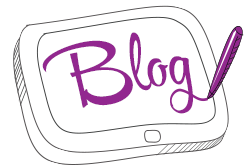


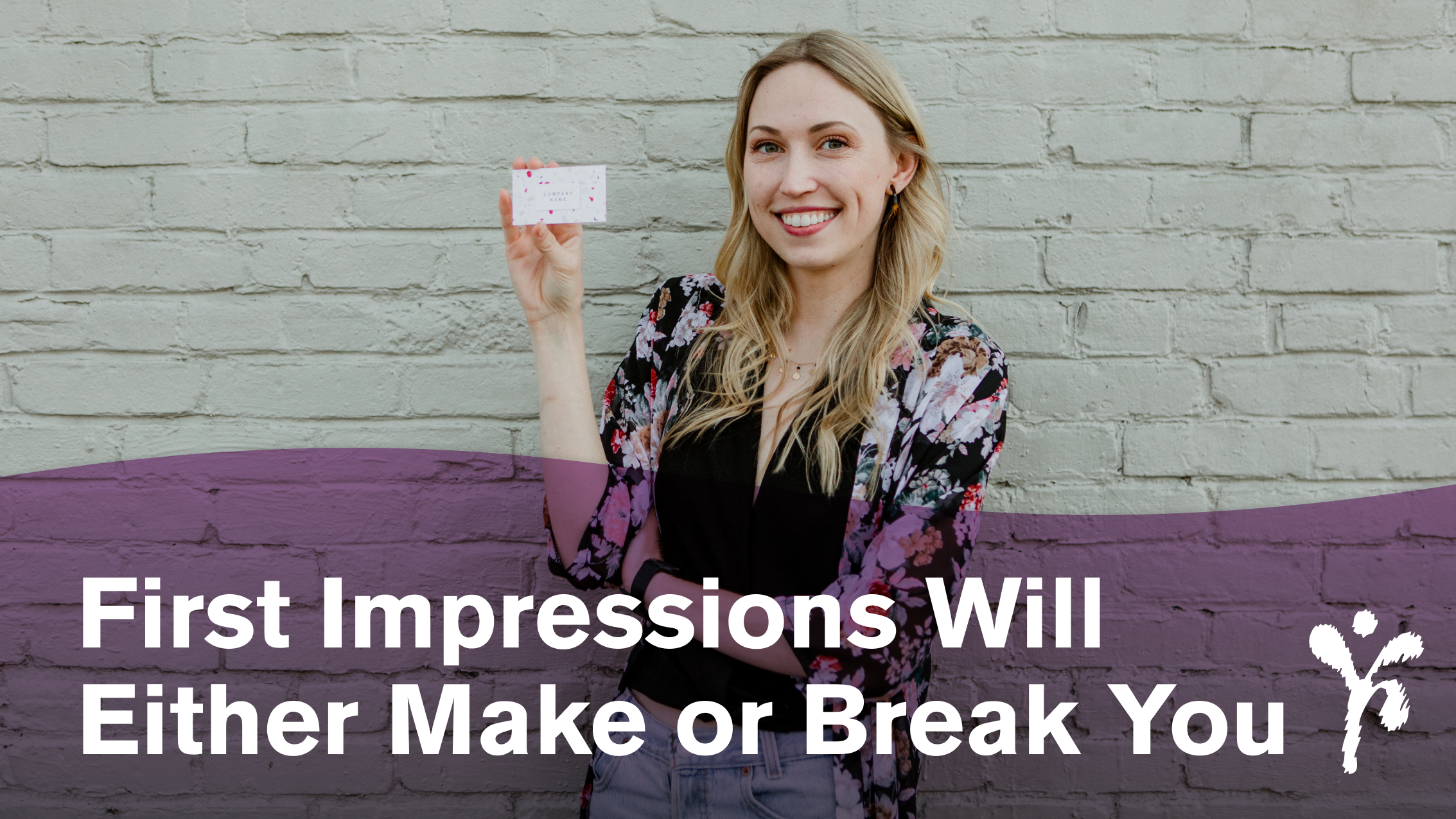
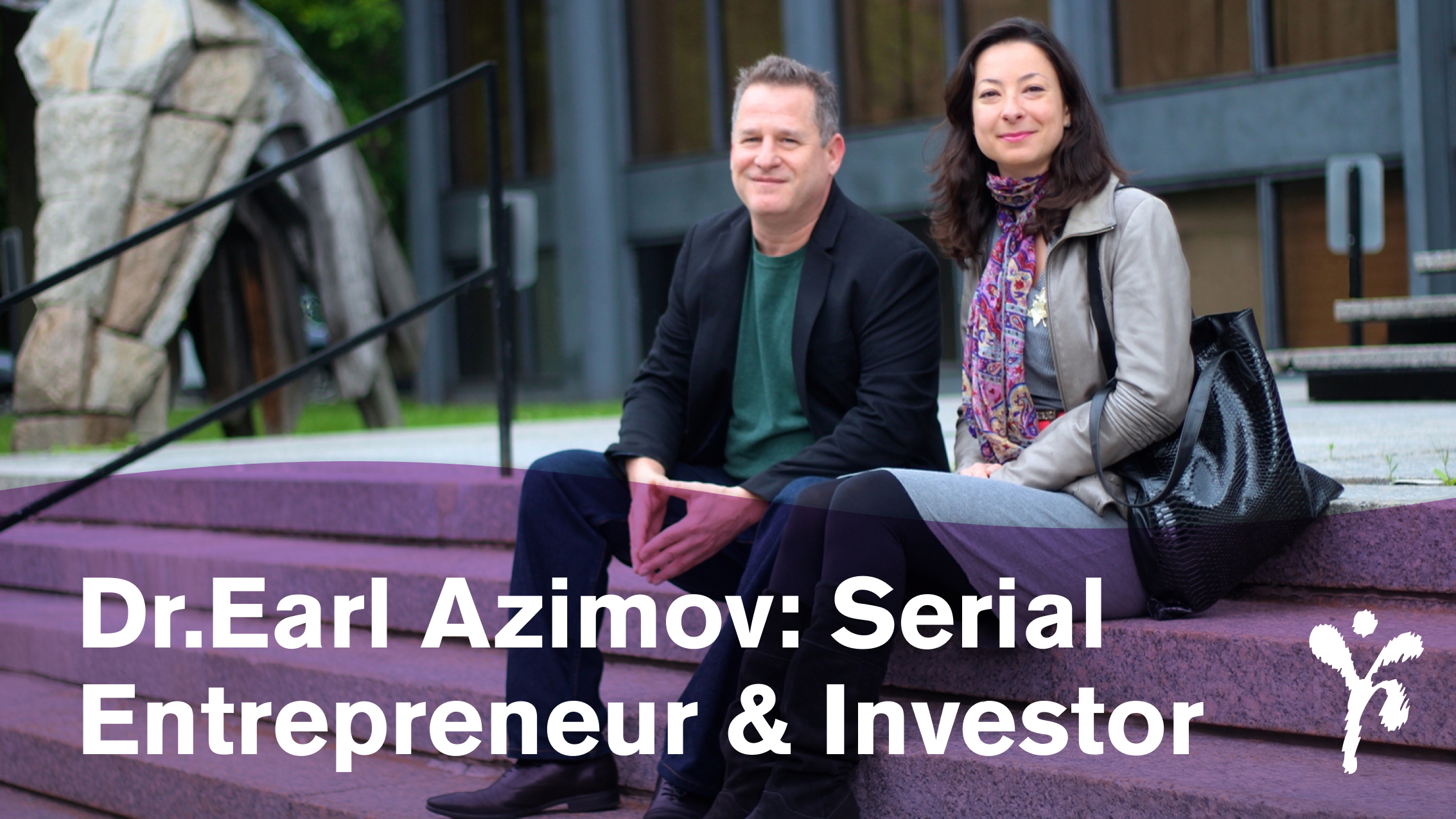 Dr. Earl Azimov, a man with many talents: ranking tennis player, optometrist, serial entrepreneur, investor and the list goes on. Since 2003, we are lucky to have him as an advisor and board member on the PME committee. He has successfully started multiple companies one of them being Mamma.com. One of the very first search engines made available even before Google. Currently he is the co-founder of
Dr. Earl Azimov, a man with many talents: ranking tennis player, optometrist, serial entrepreneur, investor and the list goes on. Since 2003, we are lucky to have him as an advisor and board member on the PME committee. He has successfully started multiple companies one of them being Mamma.com. One of the very first search engines made available even before Google. Currently he is the co-founder of  At each stage of its life cycle, a startup needs funding. No matter how great the idea is, its implementation requires certain resources, both financial and material. Thus, each startup gets to thinking how and where they can attract such resources. So, let’s see what startups need and what they can do to get it.
At each stage of its life cycle, a startup needs funding. No matter how great the idea is, its implementation requires certain resources, both financial and material. Thus, each startup gets to thinking how and where they can attract such resources. So, let’s see what startups need and what they can do to get it.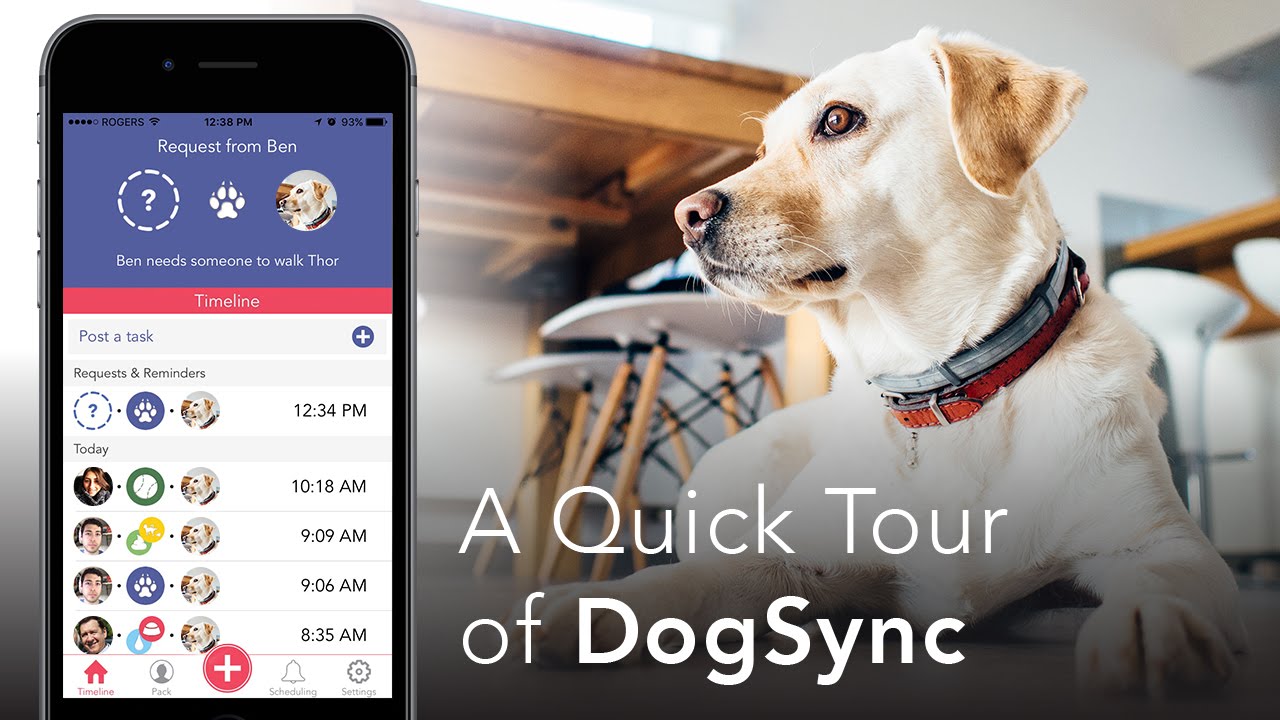

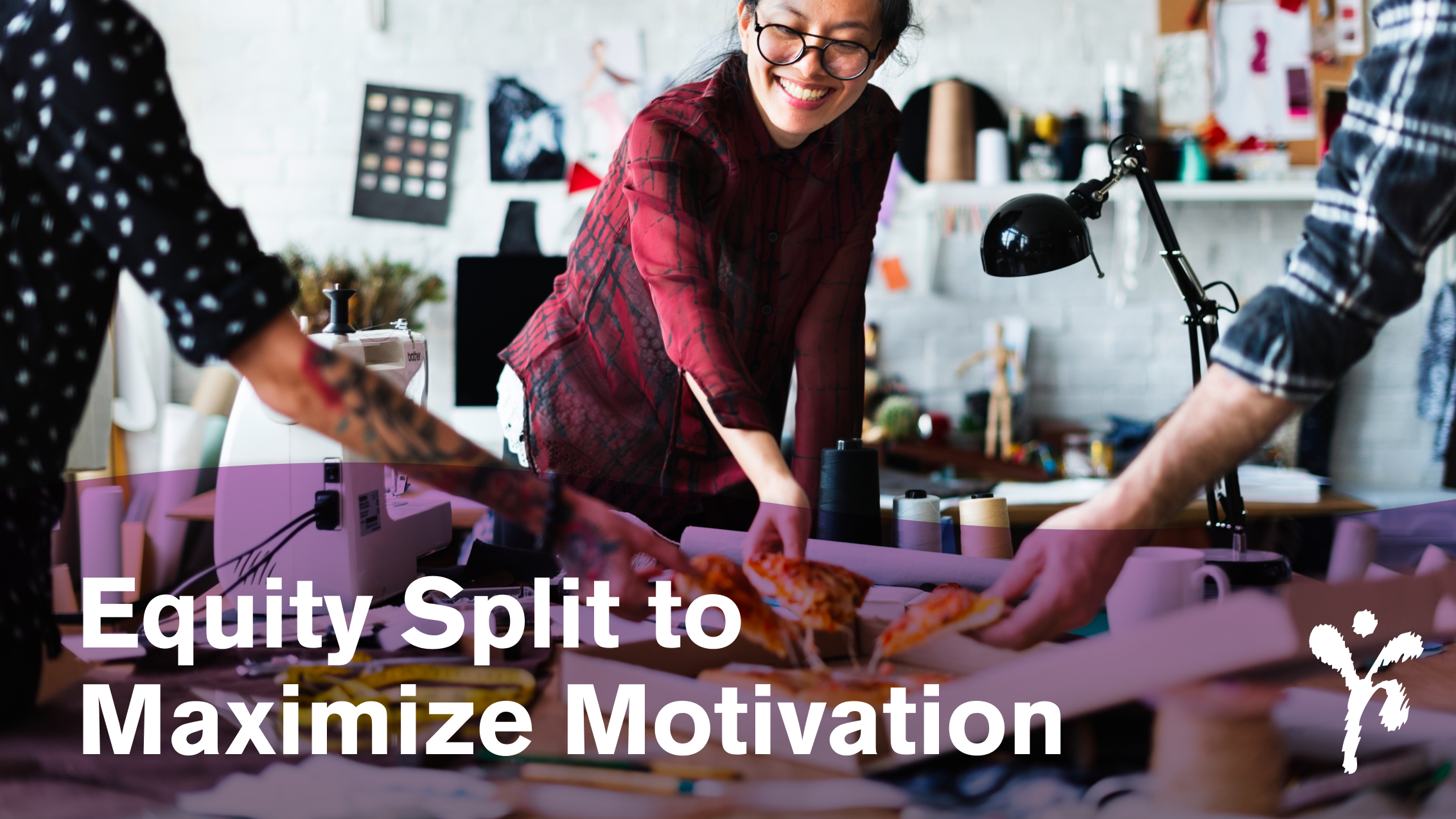 When deciding how much equity split to give to a co-founder, your goal as CEO is to create a split that will maximize motivation. The amount of equity you give to a co-founder will determine the amount of work and energy they put into the start-up.
When deciding how much equity split to give to a co-founder, your goal as CEO is to create a split that will maximize motivation. The amount of equity you give to a co-founder will determine the amount of work and energy they put into the start-up.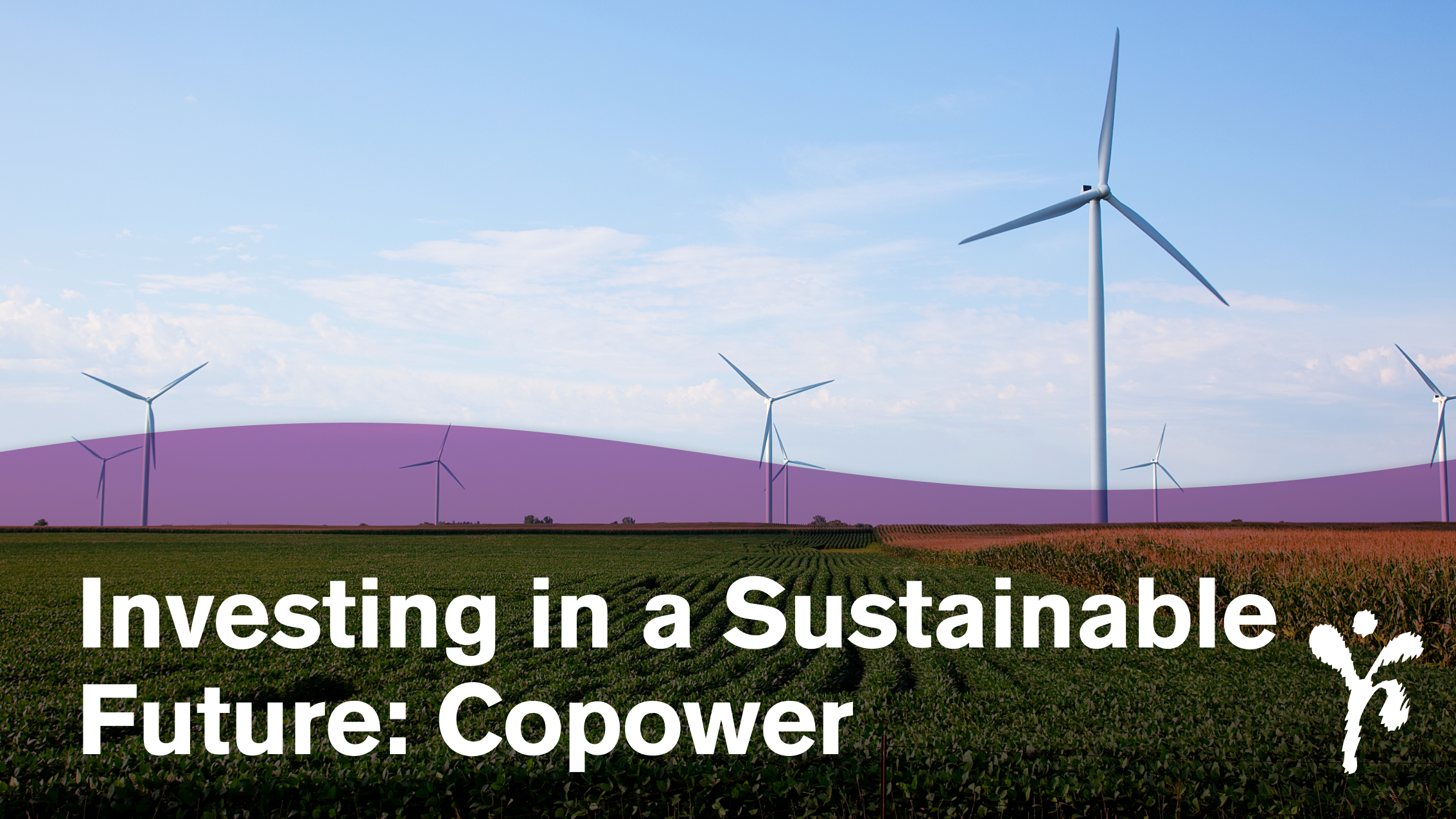
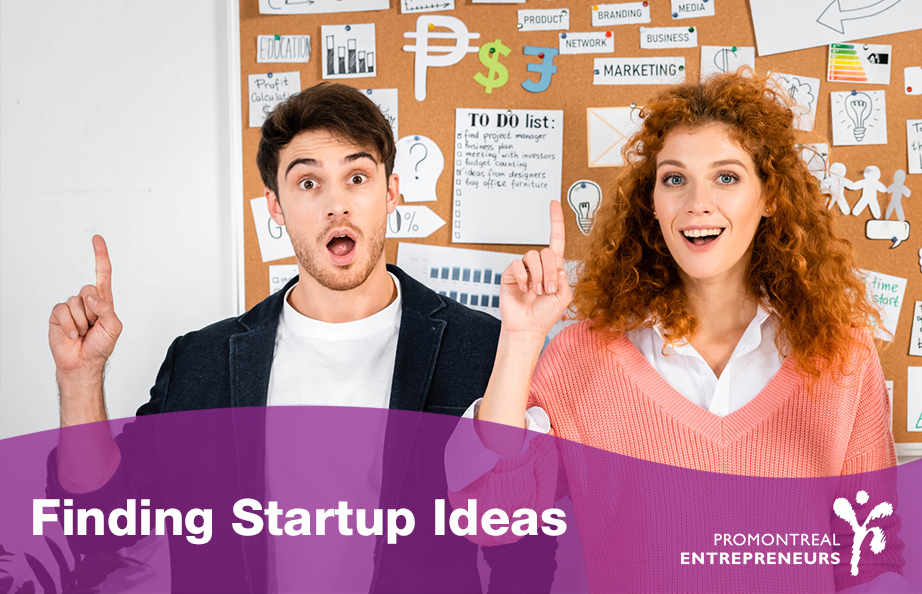
 Either you have been racking your brain for weeks trying to come up with a business idea or a struck of genius just came to you. Regardless of how it came to you, you believe that this is the business idea that is going to make you an entrepreneur! Great, now what? You are probably very excited to get the ball rolling and you have so many different thoughts going through your mind. It becomes little overwhelming as you don’t know where to start or how to start. How do you start taking action in order to create your dream into a reality? Here’s how! Read carefully as we will give you some guidelines that will help push you in the right direction.
Either you have been racking your brain for weeks trying to come up with a business idea or a struck of genius just came to you. Regardless of how it came to you, you believe that this is the business idea that is going to make you an entrepreneur! Great, now what? You are probably very excited to get the ball rolling and you have so many different thoughts going through your mind. It becomes little overwhelming as you don’t know where to start or how to start. How do you start taking action in order to create your dream into a reality? Here’s how! Read carefully as we will give you some guidelines that will help push you in the right direction.